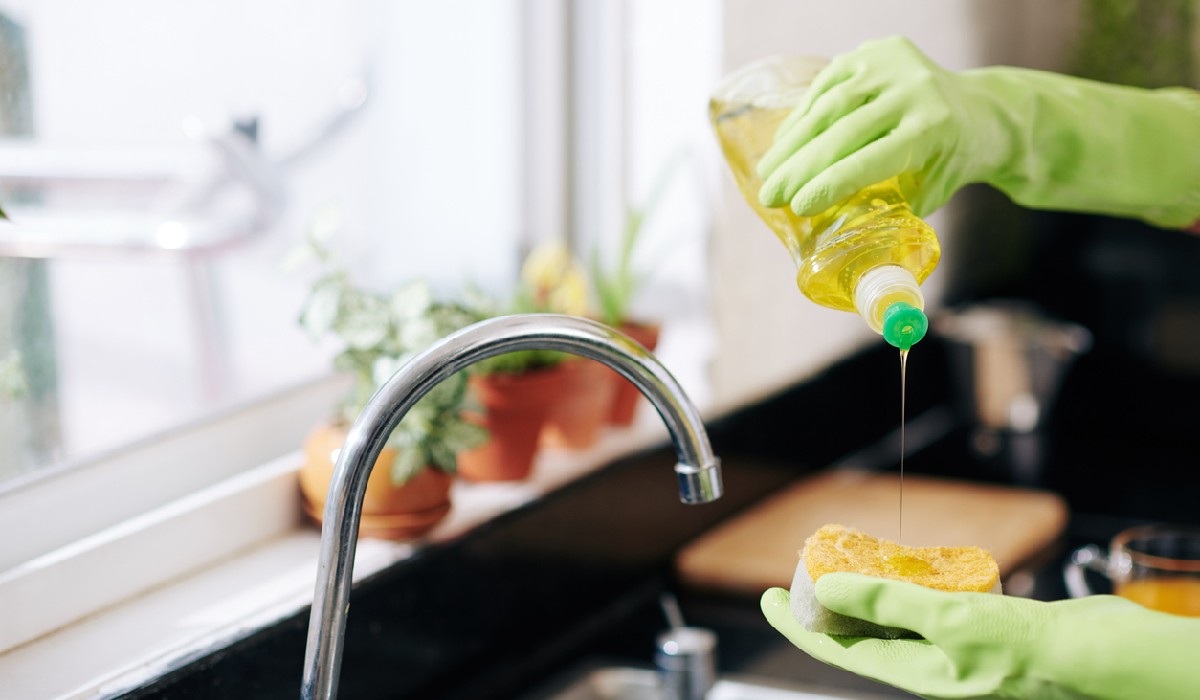Bring on the Suds! Here’s How To Make Your Own Soap at Home

Are you tired of overspending on soap? Well, you are in the right place. Most people don’t know how easy and cost-effective it is to make your own soap at home. In this post, we’ll show you how you can make soap at home with just a few simple ingredients.
Making your own soap may seem intimidating, but it can be a very enjoyable and creative experience. You’ll get to play around with different fragrances, colors, and textures to create a unique soap that’s all yours. We’ll even give you a few simple recipes so you can get started right away. Whether you’re a beginner or a soap-making expert, you’ll be sure to find something you love.
What You Need
Equipment
Making soap requires some special equipment, such as a digital scale and thermometer, so you can accurately measure your ingredients and monitor temperatures. You’ll need two separate containers. A stainless steel spoon is essential for stirring, and it can be reused several times. You’ll also need a wooden or plastic soap mold, rubber gloves, safety glasses, and a long-sleeved shirt for safety. For materials, you’ll need lye, water, oil, fragrance, and color.
Preparing for Soapmaking
Safety Considerations
Always remember to take necessary safety precautions when working with lye. This includes wearing protective outer clothing, using protective gloves, safety glasses, a long-sleeved shirt, and closed-toed shoes. Always work in a well-ventilated area, as lye can be an irritant. Read up on safety information before starting any project with lye.
Setting up Your Work Area
Place your digital scale on top of a surface that won’t be damaged by any spills of lye solution or oil mixtures. Keep any flammable materials far away from where you will be working. Place one container in an area that doesn’t require constant stirring, so the ingredients don’t heat up too quickly during the soap-making.
Making Bar Soap
Making the Lye Solution
Start by weighing out the necessary amount of lye into one container, and then weigh out the necessary amount of cool water into another container. Always add lye to water slowly and very carefully. Stir the mixture until the lye has dissolved completely in the water. Do not add water to your lye container, or it could cause an explosion. Allow this mixture to cool down, as it will be very hot.
Heating the Oils
Now, weigh out all of the oils needed in another container. Heat them until they reach about 100 degrees Fahrenheit before adding them to your lye solution.
Mixing the Oils and Lye Solution
While stirring constantly, drizzle the cooled-down lye solution into the heated oil mixture until it has been incorporated thoroughly without any clumps. The mixture will start to form a trace when enough lye has been added. You should have a thin pudding consistency.
Adding Fragrances and Coloring
Once the solution has been combined, turn off any heat source and add in your fragrance oil and any coloring agents, such as natural clays or dyes.
Mold the Soap
Pour this mixture into your pre-prepared mold and cover it loosely with parchment paper. Let it set for at least 24 hours.
After 24 hours have passed, unmold your soap bar onto a flat surface to allow it to cure for at least 4 weeks before using it. To test if your soap is ready, use pH paper to measure its pH levels. Cut each bar of soap into the right size, and then store them away in an airtight container lined with paper towels to preserve moisture.
Making Liquid Soap
To make liquid soap, you use the same mixture of oils, lye solution, fragrance, and color, and add distilled water or liquid glycerin to dilute the paste-like solution. It is a good rule of thumb to start out with a small amount of liquid and increase slowly to your desired consistency. Once you have the consistency you like, pour it into a liquid soap dispenser, and voila! You have homemade liquid soap.
Conclusion
Making your own soap is an enjoyable and creative hobby that yields a beautiful product. With just a few simple ingredients and a bit of patience, you can create unique soaps that are safe to use. With the steps outlined in this article and a bit of practice, you’ll be able to craft homemade soaps with ease. Get ready to bring on the suds and have some fun.
